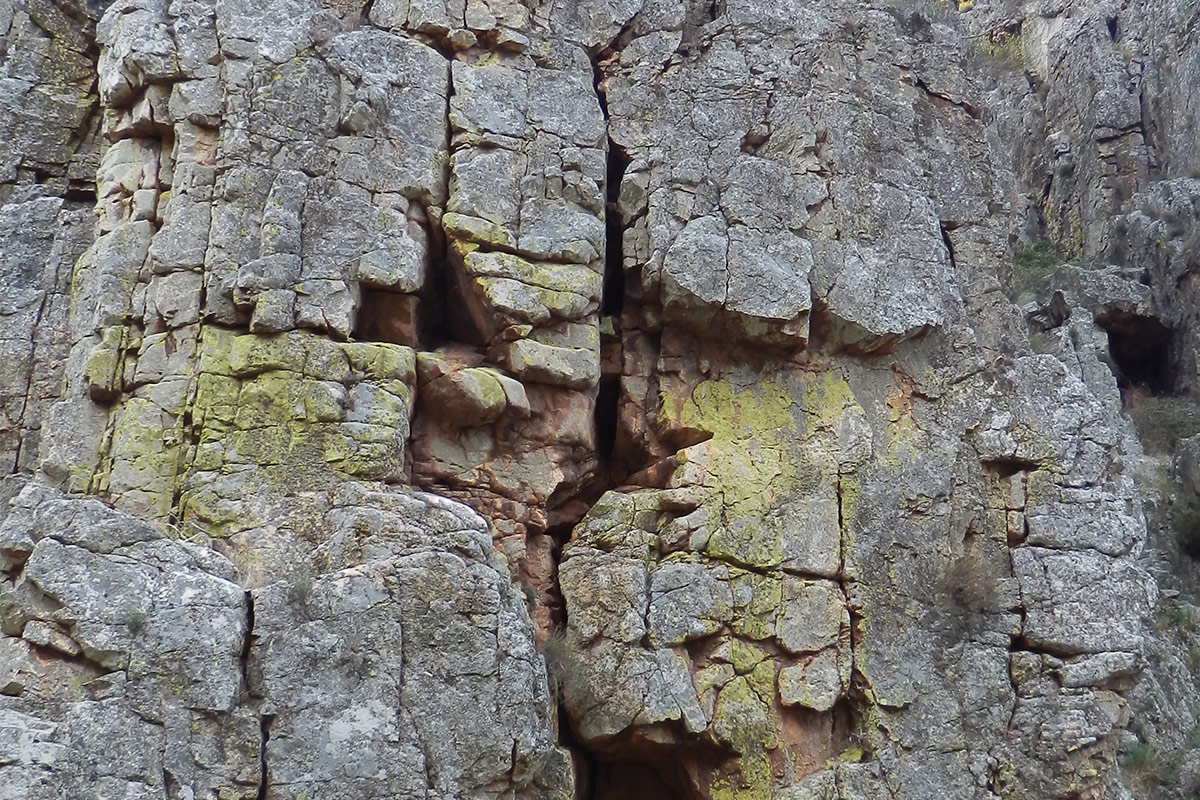LOCATION AND ACCESS
The Apreturas del Almonte or La Portilla del Almonte is one of the most spectacular places in the whole of the mountain range of Las Villuercas. It is a fluvial defile that has been formed by the River Almonte in its westward course seeking the River Tajo, of which it is a tributary on its left-hand bank.
It is located north of the village of Cabañas del Castillo, which can be reached by taking the CC-22 road from Deleitosa to Berzocana. This road, which is downstream from the Portilla, has a bridge over the River Almonte from where a path along the left-hand bank of the river leads to Las Apreturas.
The road affords excellent access as parking is possible alongside the vantage point near the bridge. Other vantage points have also been conditioned to the east of La Portilla on the verge of the CC-121 road that leads to Roturas and Navezuelas.
ATTRACTIONS OF THE VISIT
As well as the impressive geology of the outcropping of Armorican quartzites through which the River Almonte makes its way, the visitor can also appreciate trace fossils of the crawling of trilobites (Cruziana) and the refuges of sandworms (Skolithos).
The biodiversity of the area is also very attractive, both that of the exuberant plant community and that of the fauna. The most outstanding animals are the birds, and in particular the species that nest on La Portilla and on La Peña del Rayo, such as griffon and Egyptian vultures, the black stork, Bonelli’s eagle, the peregrine falcon, and the eagle owl. They take advantage of the security of the rocky walls and cliffs to build their nests in these inaccessible places.
If we continue upstream we come to an old watermill. Further up the waters of the Garganta de Santa Lucía merge with those of the River Almonte in a spot known as Los Puentes (The Bridges), as each of the two watercourses flows under an old bridge.
As to the flora, the trees that grow on the riverside are worthy of mention and include ashes, willows, and alders. In the rocky area of La Portilla junipers, evergreen oaks, kermes oaks, and cork oaks are also abundant.
GEOLOGICAL INTERPRETATION

